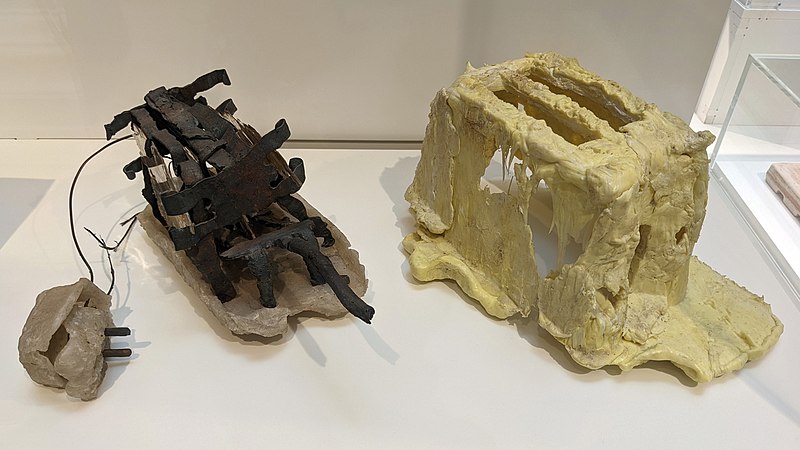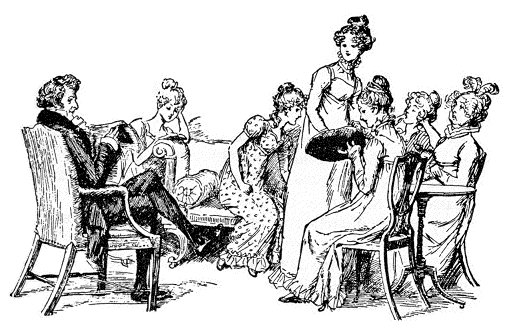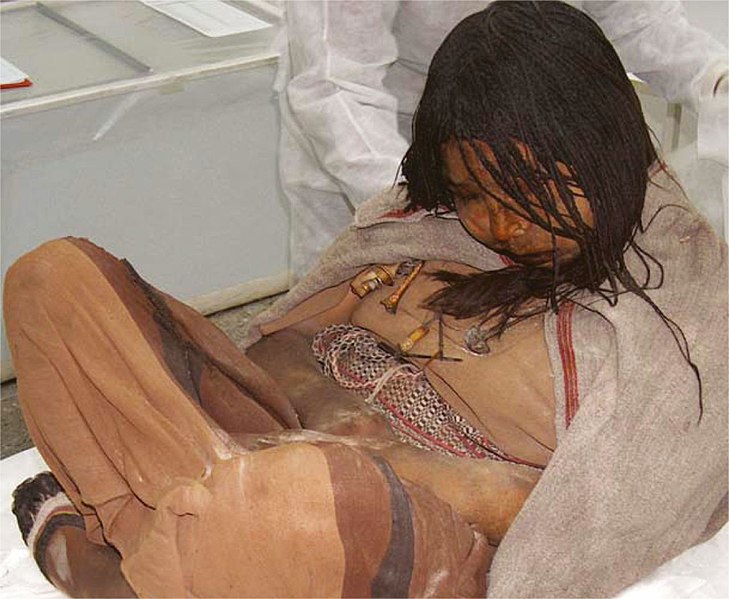
In a 1958 essay, economist Leonard Read argued that no one knows how to make a pencil. In a complex economy, the components of this simple implement — cedar, lacquer, graphite, ferrule, factice, pumice, wax, and glue — are contributed by a network of specialists who never meet. “There isn’t a single person … including the president of the pencil company, who contributes more than a tiny, infinitesimal bit of know-how.”
As if to disprove this idea, student Thomas Thwaites set out in 2009 to build a toaster from scratch. He bought a £3.94 consumer unit and reverse-engineered it, hoping to assemble his own model using original sources of steel, mica, plastic, copper, and nickel. He describes the project here:



